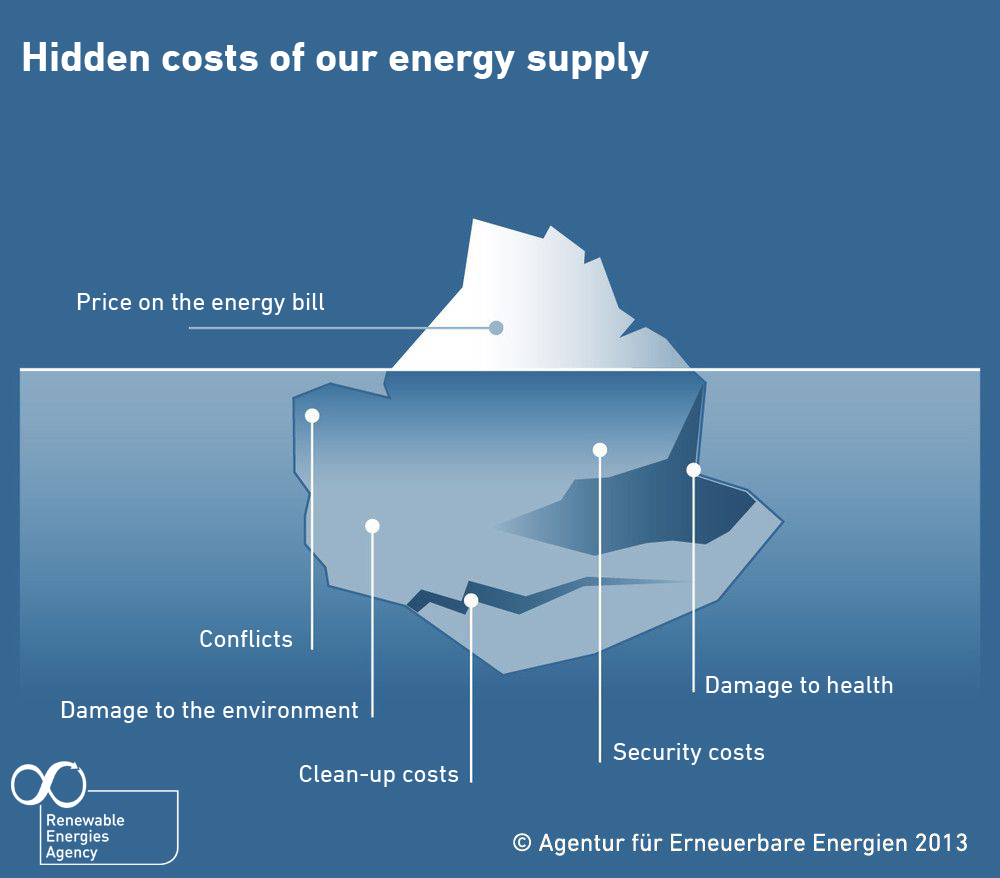Renewables and sustainable development are inseparable
Berlin, 25 September 2015. The energy transition is a transnational project, which is gaining popularity in more and more countries. The United Nations (UN) is now to some extent taking account of that development: At the UN General Assembly this weekend in New York, the international community will adopt the 17 “Sustainable Development Goals”. “Politics and society should take advantage of the support shown by the UN to further advance restructuring the energy supply,” says Managing Director of the Renewable Energies Agency, Philipp Vohrer in light of the upcoming UN decision.
The 17 new Sustainable Development Goals (SDGs) further support the already established eight Millenium Development Goals set by the UN in 2000, which concentrate on eradicating poverty and improving access to medical care in developing countries, but also call for a more sustainable approach to dealing with the environment. Building on this, the SDGs call under Goal 7.2 for a substantial increase in the share of renewable energy “in the global energy mix” by 2030. However, a more concrete goal is missing. Other UN bodies go further. As a part of the UN initiative “Sustainable Energy for All”, UN Secretary General Ban Ki Moon set the goal of doubling the share of renewable energies in the global energy mix to 30 percent by 2030. The German government has also chosen this target for the share of renwables in final energy consumption. The International Renewable Energy Agency (IRENA) believes that Germany is capable of much more.
IRENA: More would be possible
In its REmap 2030 study, IRENA calls for additional measures to be taken for increasing the share of renewables. In a “business-as-usual” scenario, the share of renewables will go up to only 21 percent instead of reaching 36 percent, as in the more ambitious IRENA scenario. “The technologies for a strong increase in the share of renewables are already at hand. However, in many places renewables are exposed to unfair competition”, Vohrer emphasizes.
Fossil fuels appear to be cheaper due to the fall in oil prices - however their true costs cannot be seen on electricity and heating bills or at petrol stations. Hidden costs of fossil fuels include environmental damage but also health problems incurred on people. Paradoxically, fossil fuels, and not environmentally friendly renewable energies, receive the bulk of global subsidy payments. The International Monetary Fund (IMF) puts the figure for global fossil fuel subsidies at 5.3 trillion US dollars per year. More than half of those subsidies contribute to local pollution, and around a quarter to climate change.
Phasing-out fossil fuel subsidies
In light of the high level of subsidies the UN General Assembly will also, as part of the more than 100 sub-goals of the SDGs, adopt a target aimed at phasing out harmful fossil fuel subsidies. However, due to fears that these measures could potentially harm the poor, loopholes are being left. “Those especially vulnerable to the effects of the devastating environmental impact of fossil fuels are the poor. By contrast the development of the costs of renewable energy enables more and more citizens to take part in a low cost energy supply from renewables. This applies to industrialized as well as to developing countries. This development needs political support”, Vohrer stresses.
The AEE recognizes the increasing internationalization of the energy transition by the continued development of English information materials. The popular Talking Cards about the development of renewable energies are available online and can also be ordered in the AEE-Shop.
German version of this press release:http://www.unendlich-viel-energie.de/erneuerbare-energien-und-nachhaltige-entwicklung-untrennbar-verbunden
Contact:
German Renewable Energies Agency
(Agentur für Erneuerbare Energien)
Alexander Knebel
Press Officer
Tel: +49 30 200 535 30
a.knebel@unendlich-viel-energie.de

Social Media